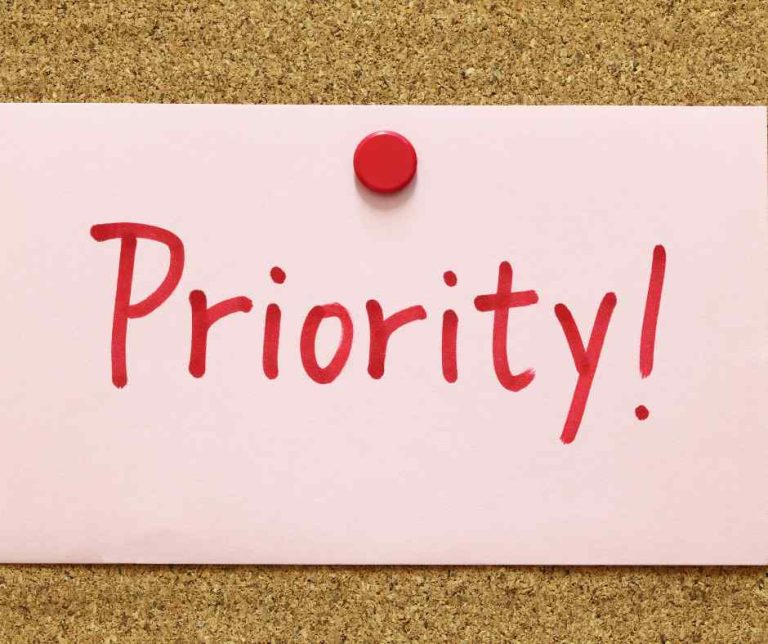5 Steps to learn to say No in my business.
Learning to say “no” is critical for entrepreneurs and business owners who want to maintain control over their workloads and prioritise their goals. The inability to say “no” can lead to spreading oneself too thin and being unable to achieve the desired results. Saying “no” can be difficult, especially when one fears the loss of an opportunity or the perception of being uncooperative or difficult. However, learning to say “no” can be empowering and liberating, leading to more successful and fulfilling work experiences.
As a business owner or entrepreneur, it can be challenging to turn down potential opportunities or requests for help. Saying “yes” to everything may seem like a way to stay open to possibilities, but it can also lead to feeling overwhelmed, overworked, and ultimately burnout. Learning to say “no” is a crucial skill that every business owner needs to master.
Here are 5 steps you can take to learn how to say “no” effectively:
- Clarify your priorities: It’s essential to understand what matters most to you and your business. Take some time to define your goals and the tasks that will help you achieve them. This exercise will help you identify which opportunities are worth pursuing and which ones you should decline.
- Evaluate requests: When you receive a request or opportunity, don’t immediately say “yes.” Take the time to evaluate the request and determine if it aligns with your priorities. Ask yourself questions such as, “Will this opportunity help me achieve my goals?” “Do I have the time and resources to take on this request?” “Is this a project that excites me?” Ask yourself, “If I say yes to this what am I saying no to” and “If I say no to this what am I saying Yes to?” Use your answers to guide your decision.
- Be polite and direct: Saying “no” doesn’t have to be rude or abrupt. You can decline a request politely and directly. Begin by expressing gratitude for the opportunity or request, and then explain that you are unable to accept it at this time. Provide a clear and concise reason for your decision, and end with an offer to help in the future if possible.
- Practice saying “no”: Learning to say “no” takes practice. Start by practicing in low-stakes situations, such as declining invitations to events you don’t want to attend. As you become more comfortable, you can start to apply this skill to your business interactions.
- Set boundaries: Finally, it’s crucial to set clear boundaries for yourself and your business. This might mean limiting your work hours, delegating tasks, or saying “no” to projects that don’t align with your goals or values. Setting boundaries can help you avoid burnout and ensure that you have the time and energy to focus on what matters most.
When learning to say “no” you are effectively clarifying your priorities.
Once you have a clear understanding of your priorities, you can evaluate requests more effectively. Before saying “yes” to a request, take some time to evaluate it carefully. Ask yourself if it aligns with your goals, if you have the time and resources to take it on, and if it’s a project that excites you. If the answer to any of these questions is “no,” it’s probably best to decline the request.

By being polite and direct, you can maintain positive relationships with your business contacts and avoid burning bridges.
In conclusion, learning to say “no” is an essential skill for any business owner or entrepreneur. By clarifying your priorities, evaluating requests, being polite and direct, practicing, and setting boundaries, you can learn to say “no” effectively and avoid overcommitment and burnout. Remember, saying “no” doesn’t mean shutting the door on future opportunities; it simply means being intentional about the projects you choose to take on.
By Gary Hales

